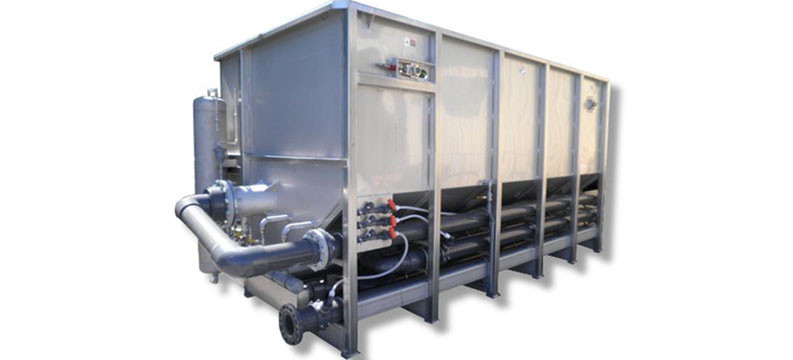Before delving into the consequences of high BOD and how to deal with it, it is important to understand what BOD is. BOD, or biochemical oxygen demand, by its AWT definition, is a measure of how much oxygen is consumed by microorganisms in degrading the organic matter present in a water sample under aerobic conditions. BOD is tested by a differential measurement in dissolved oxygen. The process is done by adding microorganisms to a water sample and testing the dissolved oxygen (DO) on day 1, then re-testing on day 5. This result is the biochemical oxygen demand or BOD.
Reducing BOD can be key to maintaining compliance and in turn, save money. The most effective way to deal with high BOD concentration is with biological treatment. However, it can also be treated with oxidizers with varying degrees of effectiveness. Testing the water sample and trialing the oxidizer is necessary in identifying a long-term treatment option.
The first and most effective way of treating high BOD mentioned is via biological treatment. By taking the raw wastewater and supplying it with a bio population, air and time, the organic matter in the raw water is reduced. pH control is also important here. From this first step, called the aeration basin, the next stage is a clarifier where solids are settled out. Some solids from the clarifier are saved to restock the bio population in the basin while the rest is hauled off, pressed, or otherwise managed. This whole process is quite complex, and many references have been written detailing the biological treatment process and how BOD is reduced this way. Biological treatment is very effective; however, associated cost and space considerations are important to analyze.
BOD can also be dealt with by use of oxidizers – some of the main ones being ozone, hydrogen peroxide, etc. Oxidizers reduce the oxygen demand of raw water by directly oxidizing sulfides, sulfites, nitrites, and various other organic and inorganic substances. The key to oxidizer treatment is pH and contact time. A trial is vital to determine the proper amount of time required to adequately reduce BOD under municipality parameters. Another treatment such as filtration may be required to reduce total suspended solids (TSS). Oxidizer treatment does not have the upfront cost that building a bio treatment plant may have, but cost considerations here center around the month to month cost to maintain and operate, as well as how effectively the BOD is being reduced.
Both treatment options are viable in reducing BOD in wastewater effluent. The goal of treatment is clearly to be compliant in meeting discharge permit parameters. If non-compliant, BOD surcharges or fines can be costly. Treatment costs will likely be cheaper than paying the BOD surcharges on untreated water, but in some rare cases, it is not and simply paying the surcharges is more cost effective. Doing a cost comparison of these options is necessary in deciding the best steps forward. Consult with an RMC representative to leverage our experience in these situations to work for you.


